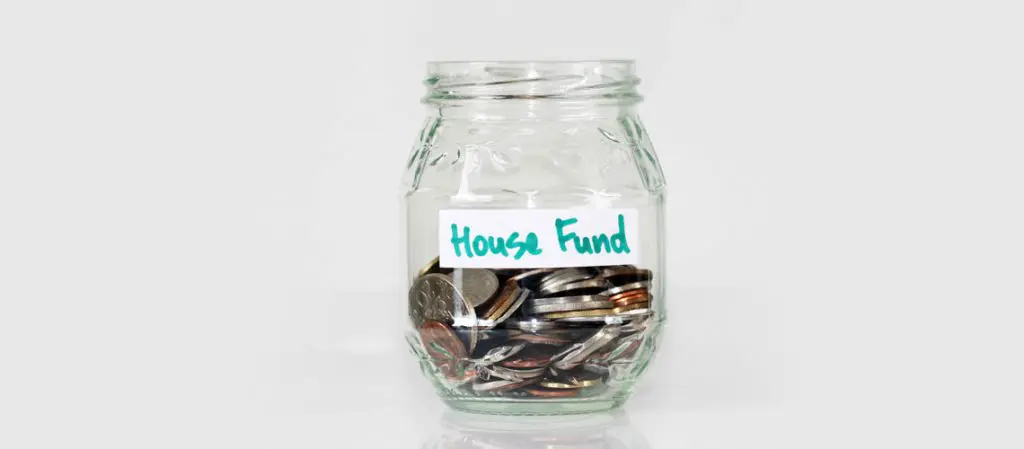As someone who works in project management and has been building a property investment portfolio of my own for close to 20 years, one question I am often asked about is negative gearing vs positive gearing.
My take on the subject is a little different to the approach of many other investors.
Negative gearing vs positive gearing: what’s the difference?
Here’s a quick explanation just in case you’re not clear:
With negative gearing, when you buy an investment property the monthly repayments and management costs will be more than the amount your tenant pays.
For example, with negative gearing, your mortgage may be $3000 per month while your tenant pays $2800 in rent and you incur other expenses such as property management and strata rates. As a result, you are out of pocket. The extra money must be found in your monthly budget. You may get some of this money back at tax time by depreciation and also by reducing your tax through negative gearing. Depreciation is used to claim costs over time, reflecting the asset’s decline in value.
When you invest with negative gearing in mind, you are expecting the property will rise in value and the money you lose each month will eventually come back to you when you sell or pay off the property.
With positive gearing, you are not out of pocket when you buy an investment property as the rental payments cover all expenses. You can start pocketing cash from the moment you invest, while the tenant pays the mortgage on your behalf.
Obviously, the less money you have owing on an investment property, the easier it is to make the property positively geared. This is because your tenant’s rent will cover the shortfall.
My opinion on negative vs positive gearing
While I’m not a financial specialist and you should always seek individual financial advice before making a decision about investing in property, here’s my take on negative gearing.
In my opinion, the cons outweigh the pros.
People look at negative gearing as a positive because it means they can look forward to a tax refund at the end of the financial year. They get to maximise the tax deductions available through the depreciation of their property. However, this tax incentive varies per property and the money you can claim in depreciation decreases every year, as the property gets older. The incentive of a tax return is not something any investor should rely on.
And while a tax refund always seems like a good thing, money in your pocket is better. With positive gearing, you may have to pay tax on the money you have generated from your investment property but you will still be financially ahead. In my opinion, it’s better to earn more income than to pay less tax. Ultimately, passive income is how you grow financial wealth, because you are earning money now, rather than getting a tax reduction later.
With negative gearing, even with tax breaks, each successive property you invest in will set you back financially. One investment property may cost you an additional $1500 per month. Add another property and you’re up to $3000 per month. It will be impossible to keep growing your portfolio with a negatively geared portfolio, as banks will not look at you favourably for future borrowing.
You are also banking on the payday coming when you sell. While I am meticulous about researching property investment hotspots and have had some success in this area, I am always cautious about counting on a sure thing.
For me personally, the only time I have ever invested in negatively geared property is when I have bought to uplift it to a positively geared property through renovation, subdivision or development. I achieved this by leveraging my substantial experience as a project manager and repeat investor.
Negative vs positive gearing: An accountant’s perspective
To get a second opinion on this subject, I spoke to Chris Reed from BCG Accountants and Business Advisors.
This is what Chris had to say:
“Too many people are just driven by the tax benefits of negative gearing. Negative gearing relies on a couple of things – your ability to fund the shortfall (what if you lost your job, or the property was vacant?), and ultimately it relies on capital growth to actually create any wealth.
The other issue with property is the transaction costs – stamp duty on the way in, agents fees on the way out.”
According to Chris, the value of the investment property “has to go up to cover the transaction costs plus the after-tax losses just to break even. Then it needs to go up more again for you to be making anything. As you know, it is a myth that property always goes up.”
“Not enough investors really analyse the cash flow, the debt levels, or even how the investment fits in with their overall financial plan. They just focus on the tax benefit. They rarely do the numbers correctly to analyse the cash flow, let alone whether they are actually creating wealth.”
Chris’s final sentiments echo my own, “I am not anti negative gearing, but it needs to form part of an overall plan which will include a plan to pay off the debt. Ideally, you want to get to a cash flow neutral position as quickly as possible, and then you want the investment to be cash flow positive. Even better if you can start off cash flow neutral or cash flow positive.”
Neither of us are saying negative gearing is an instantly bad idea. Everyone’s situation is different and everyone’s strategy will be different as well. The important thing is to be clear on your goals and the potential outcome of your investment. Take the time to do your research, weigh up all the pros and cons and decide what’s best for your circumstances.
There are also some other, creative ways to enter the market, which you can find out about in my latest release, Property In Stilettos. Order your copy to find out more about how to build wealth and have it all.
Or to visit Alleura, our Project Management company visit Alleura.com.






